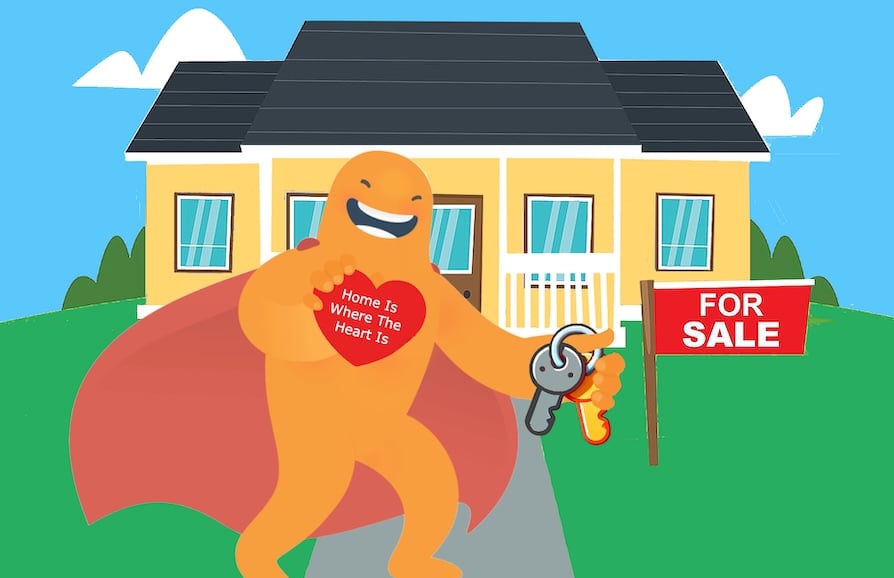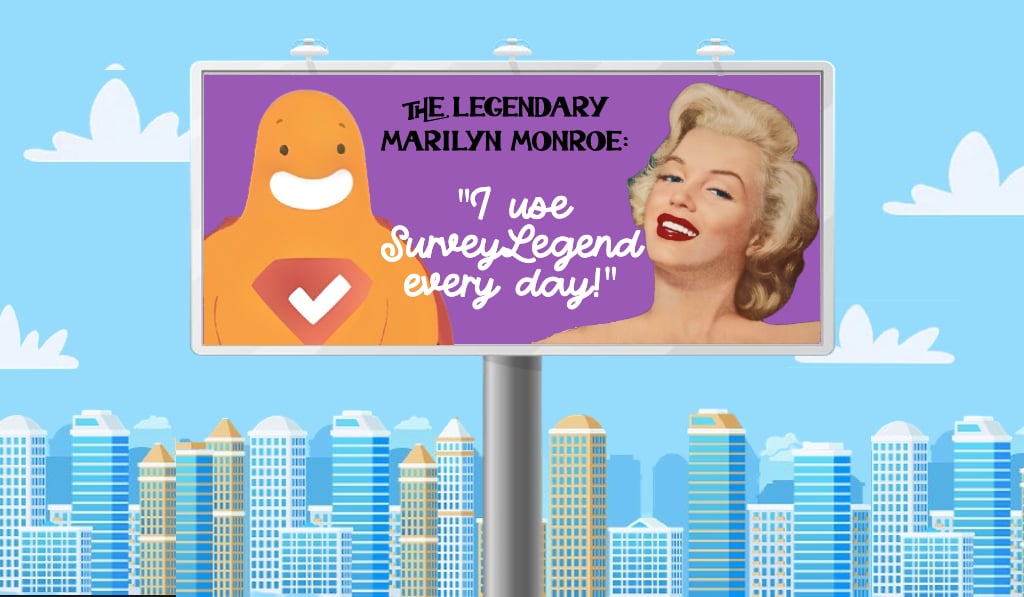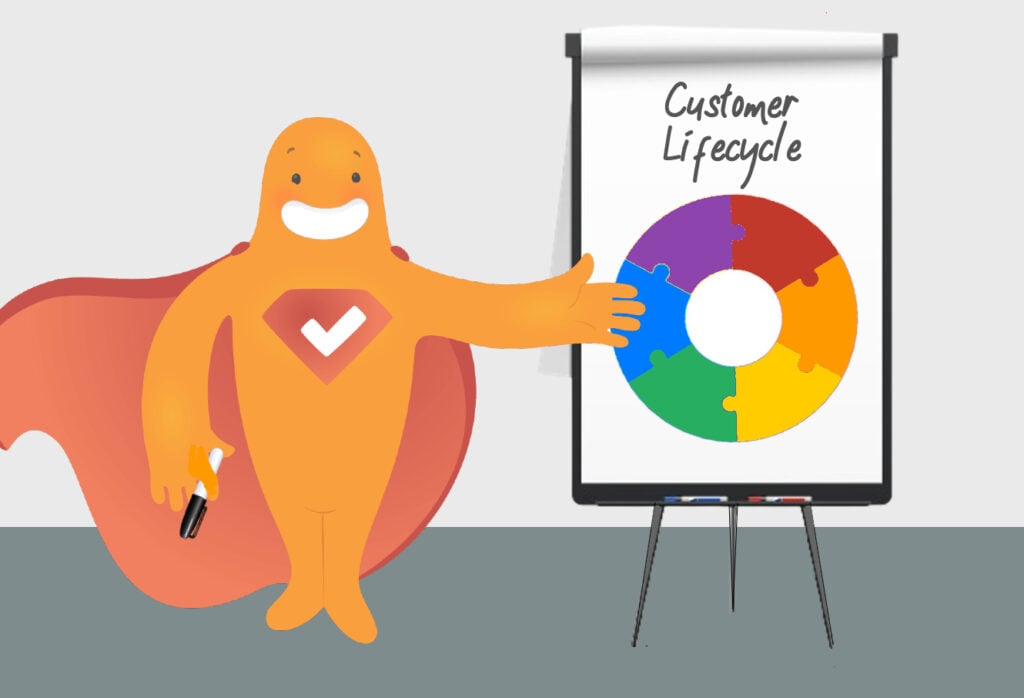Create your first IoT ready survey, form or poll now!
The ability of “smart” objects to exchange and interpret data has given birth to the Internet of Things (IoT). The capabilities of web-connected devices provide new ways of improving the customer experience across several key industries, particularly in the fields of transportation and delivery.
IoT
In Sweden, telecom operator Telenor is leading the way in utilizing the IoT. Early this year, Telenor announced its plans to deliver on its agenda of digital transformation. And true to their word, the company has been pioneering a food and/or grocery delivery service that delivers goods straight to the customer’s kitchen. In partnership with digital lock maker ASSA ABLOY, Telenor’s delivery personnel are provided with temporary digital keys to bypass the Yale Doorman digital lock, allowing them to deliver ordered groceries directly inside customers’ homes. This means that customers won’t need to be home to accept deliveries – convenient for both consumers and service providers.
Meanwhile, the IoT Imperative for Consumer Industries sees an even more important role that the technology can take in the delivery industry: ensuring the integrity of sensitive medical cargo. Vehicles in charge of delivering medicine can be equipped with time and temperature sensors, allowing fleets to consistently maintain the optimal storage temperature of sensitive cargo on the road. Sensors can also be used to confirm whether or not medical cargo has been tampered with, preventing any losses or possible contamination. In short, IoT tech has the potential to revolutionise the industry of sensitive cargo delivery. Apart from medicine, the increased ability to ensure the integrity of sensitive supplies will also have practical applications in luxury, academic, and scientific industries.
In the busiest places in the world, these new technological advances are raising consumer expectations, with more and more customers expecting next-day delivery of ordered goods. This is becoming easier to do in the US due to Electronic Logging Devices (ELDs), which have become compulsory in commercial vehicles. The devices use IoT technology to connect fleet vehicles with their operators. Verizon Connect provides an overview of what a government-approved ELD device is actually capable of. For one, the fleet tracking software on an ELD allows for the seamless and intelligent planning of the most efficient delivery routes. Its compliance management software keeps drivers and operators informed of any changes in government regulations, helps avoid fines and delays from non-compliance. ELDs also allow fleets to manage driver schedules and even record driver behaviour on the road. All of this translates to better road safety, faster delivery times, and ultimately, better customer service.
IoT technology is not done with transforming the customer experience. From delivering groceries straight to customers’ kitchens, to optimising the entire American heavy trucking industry, IoT tech has made the impossible into reality. The best part is that this is just the beginning. With the development of new technologies like the Internet of Things and SurveyLegend’s own automated customer support software, we can expect more tech-based improvements for the customer experience in the near future.
Create your first IoT ready survey, form or poll now!





